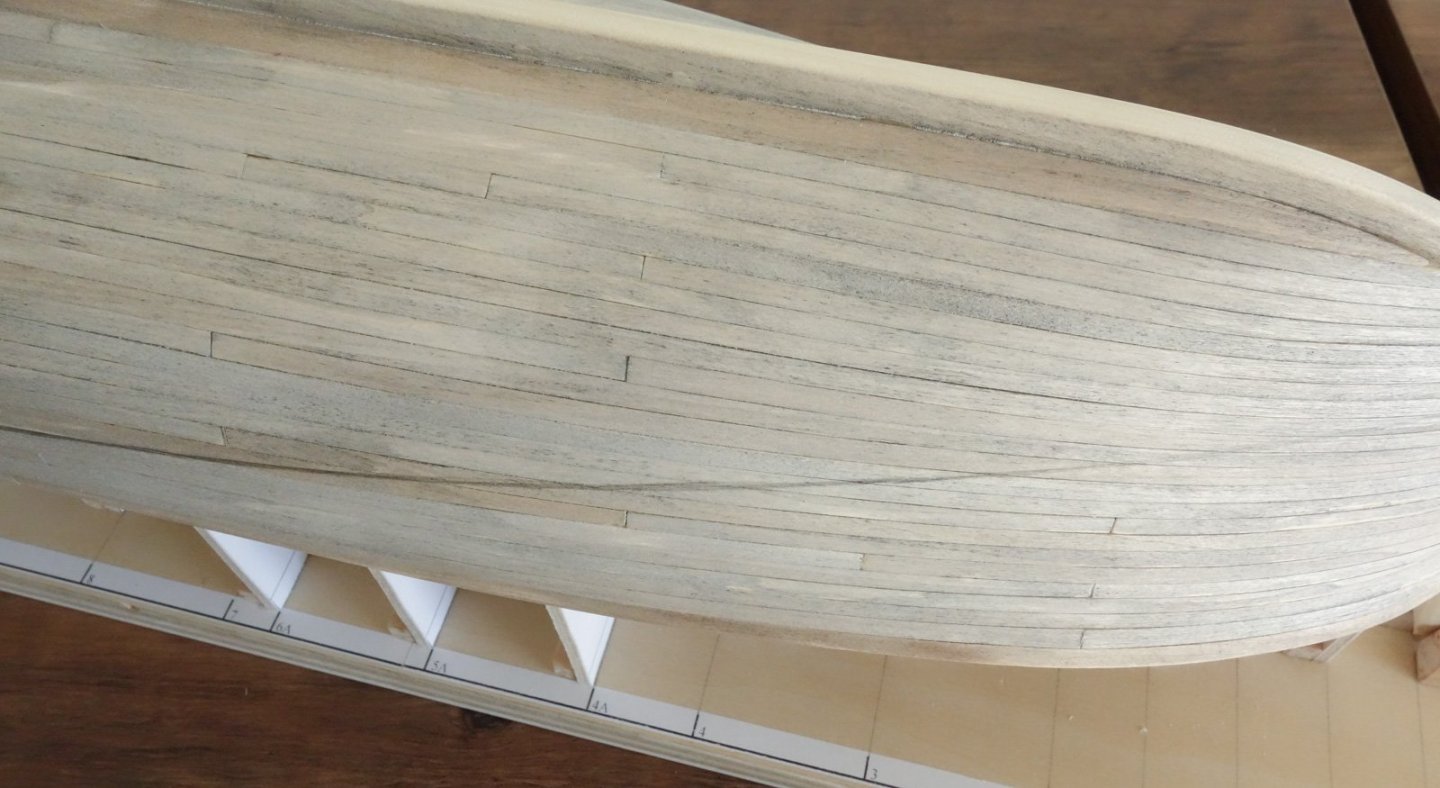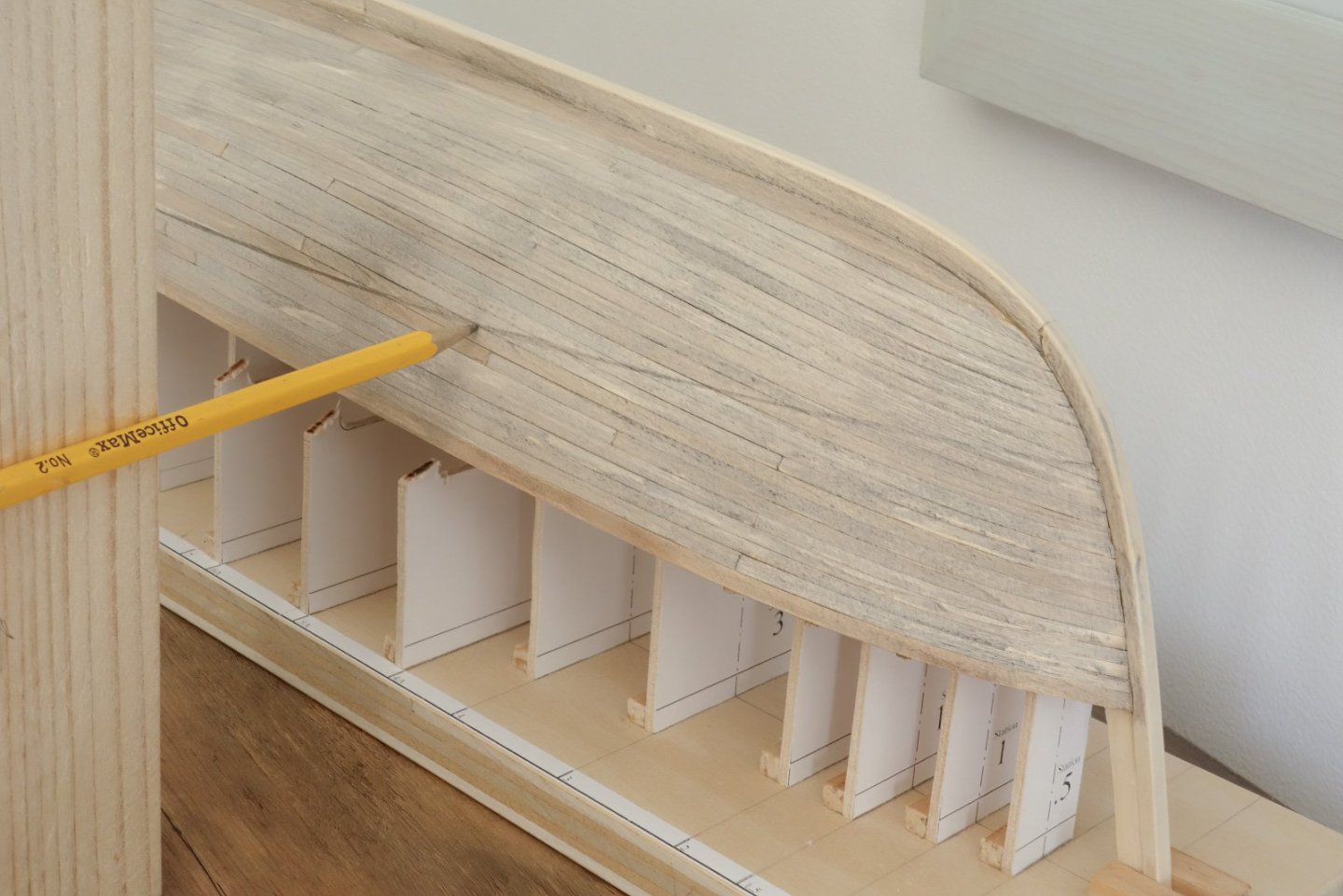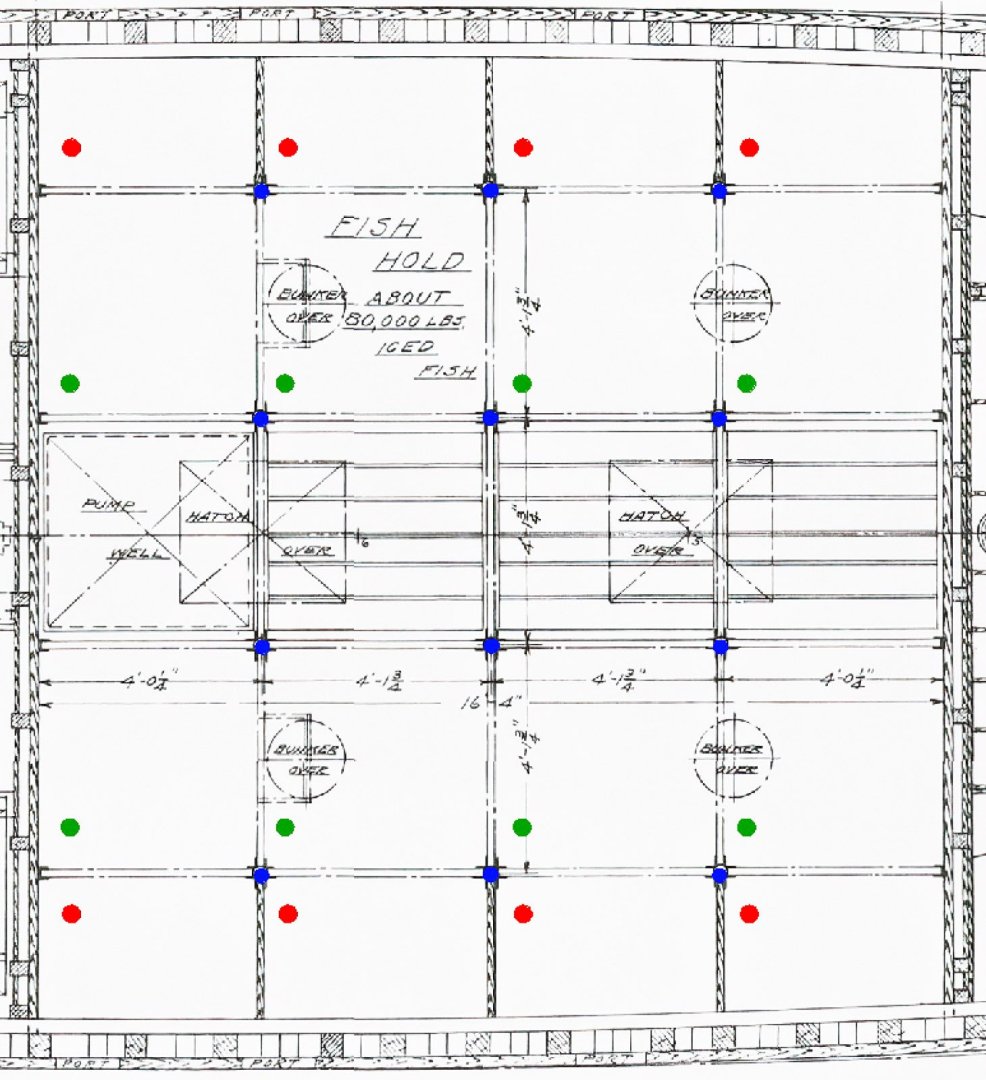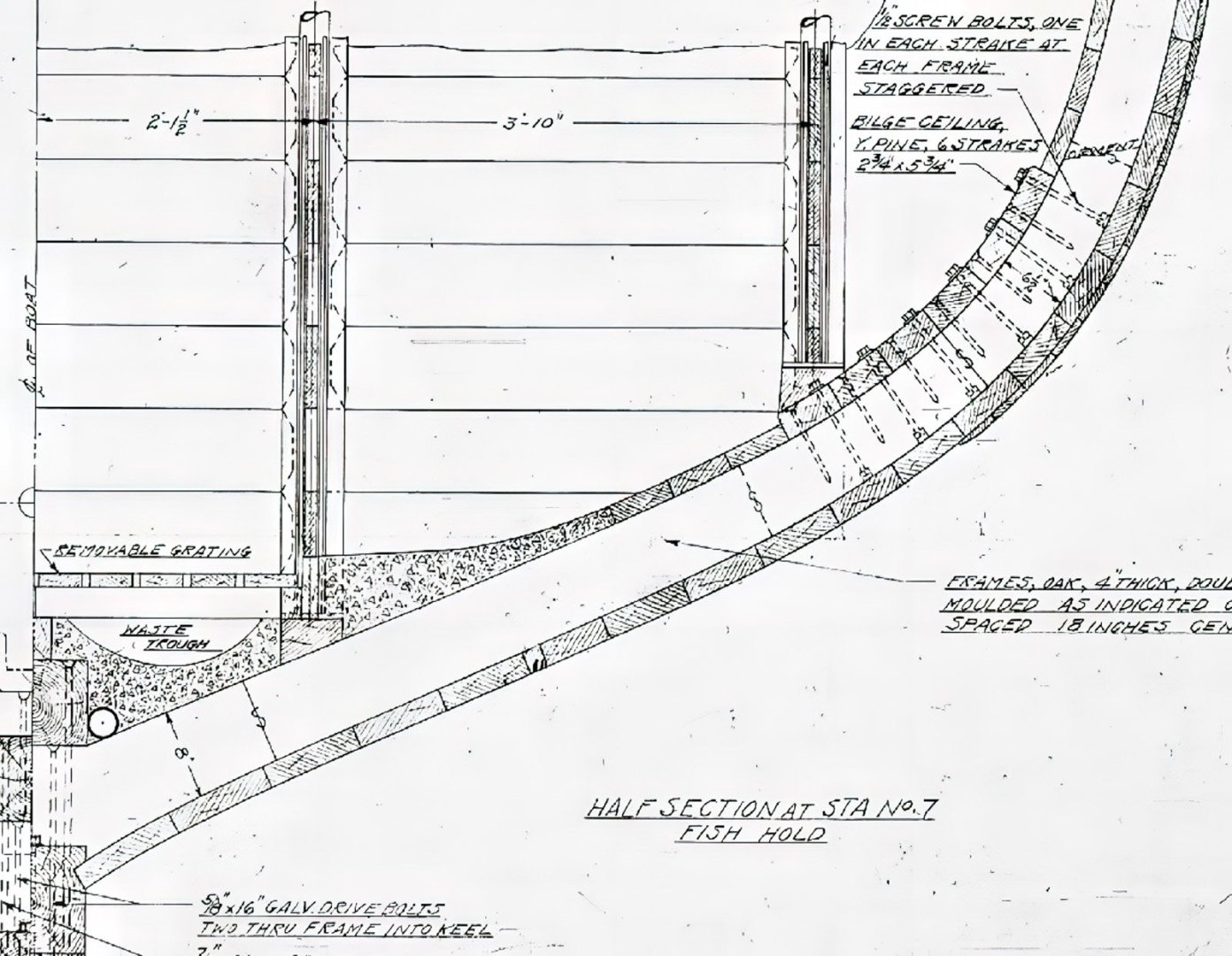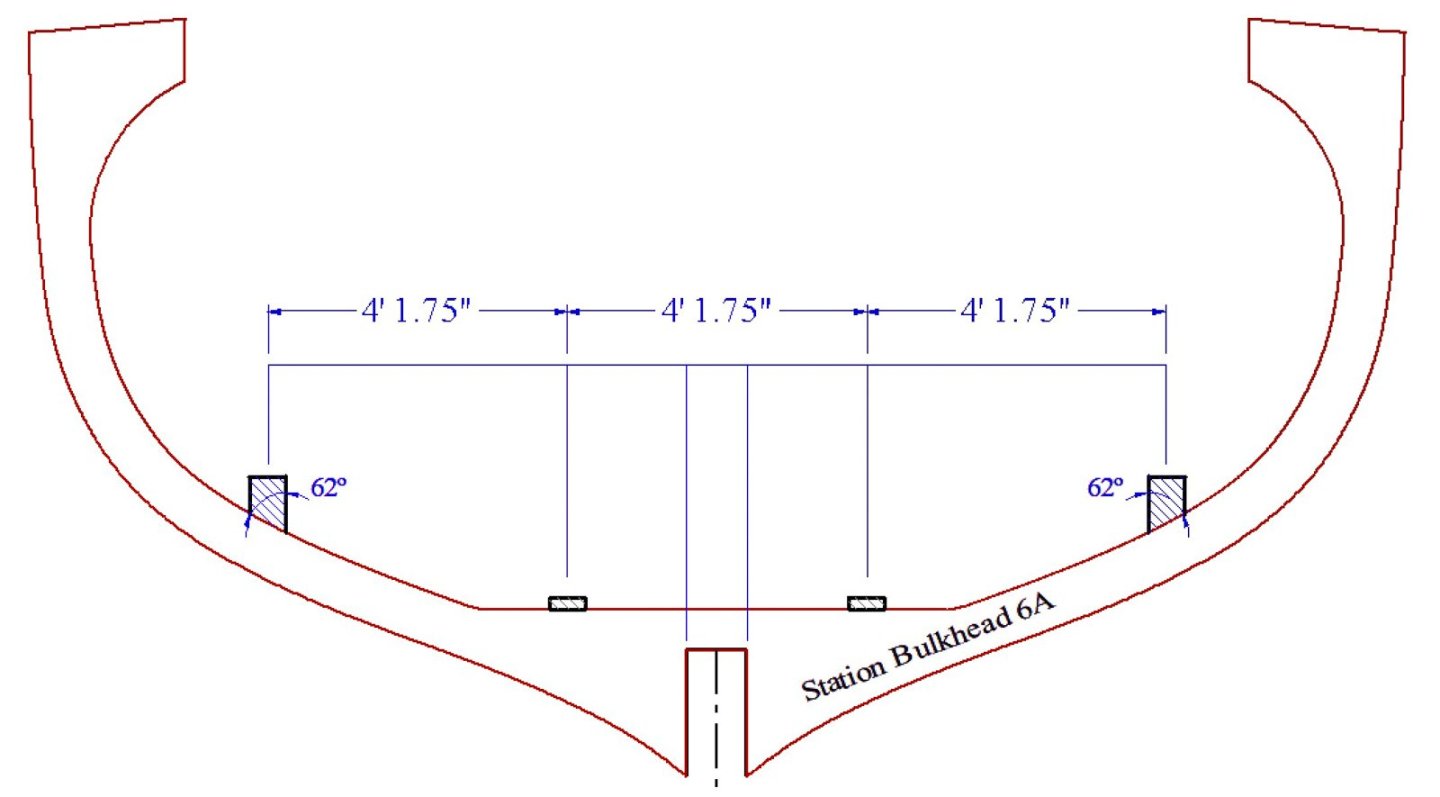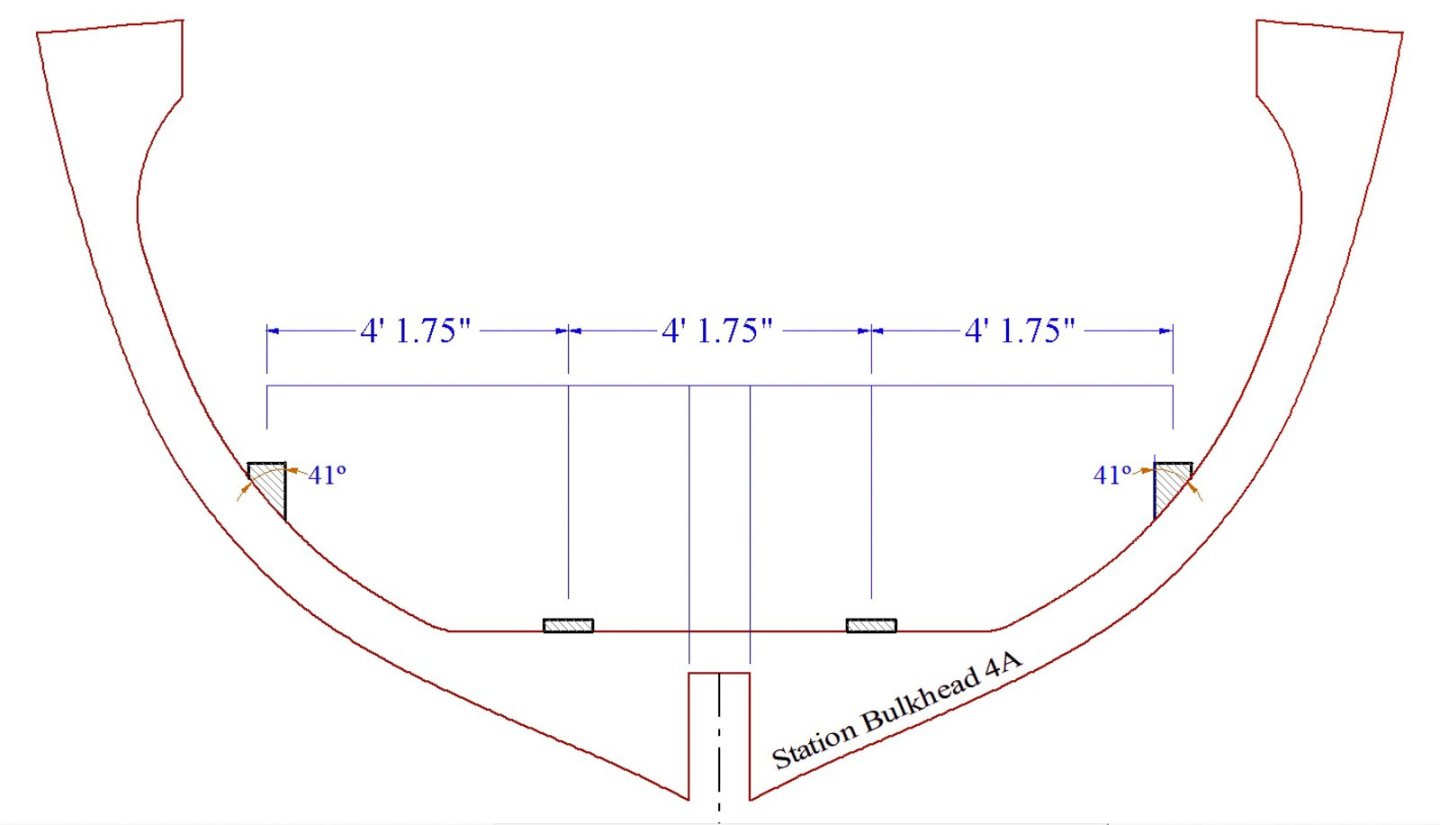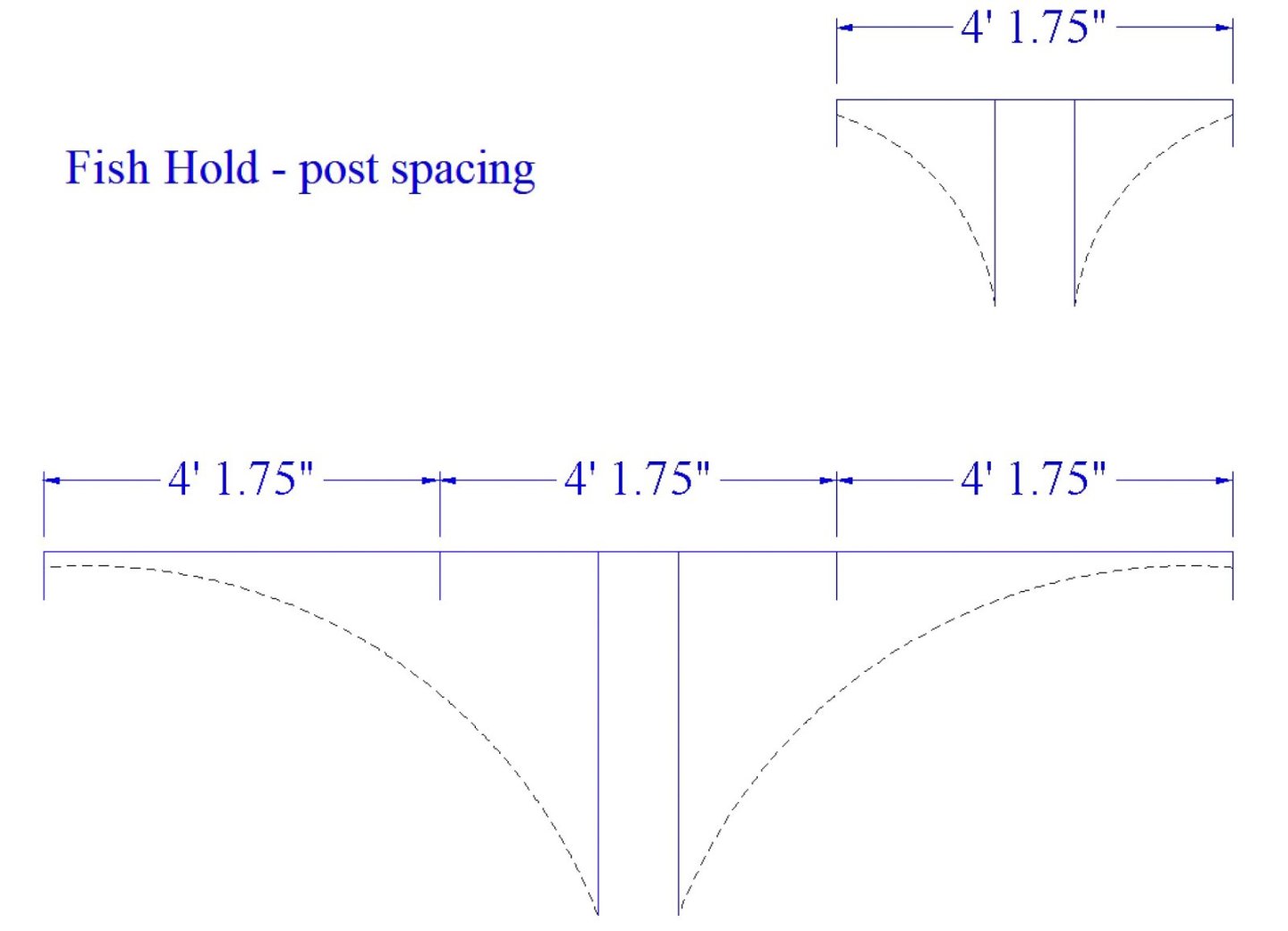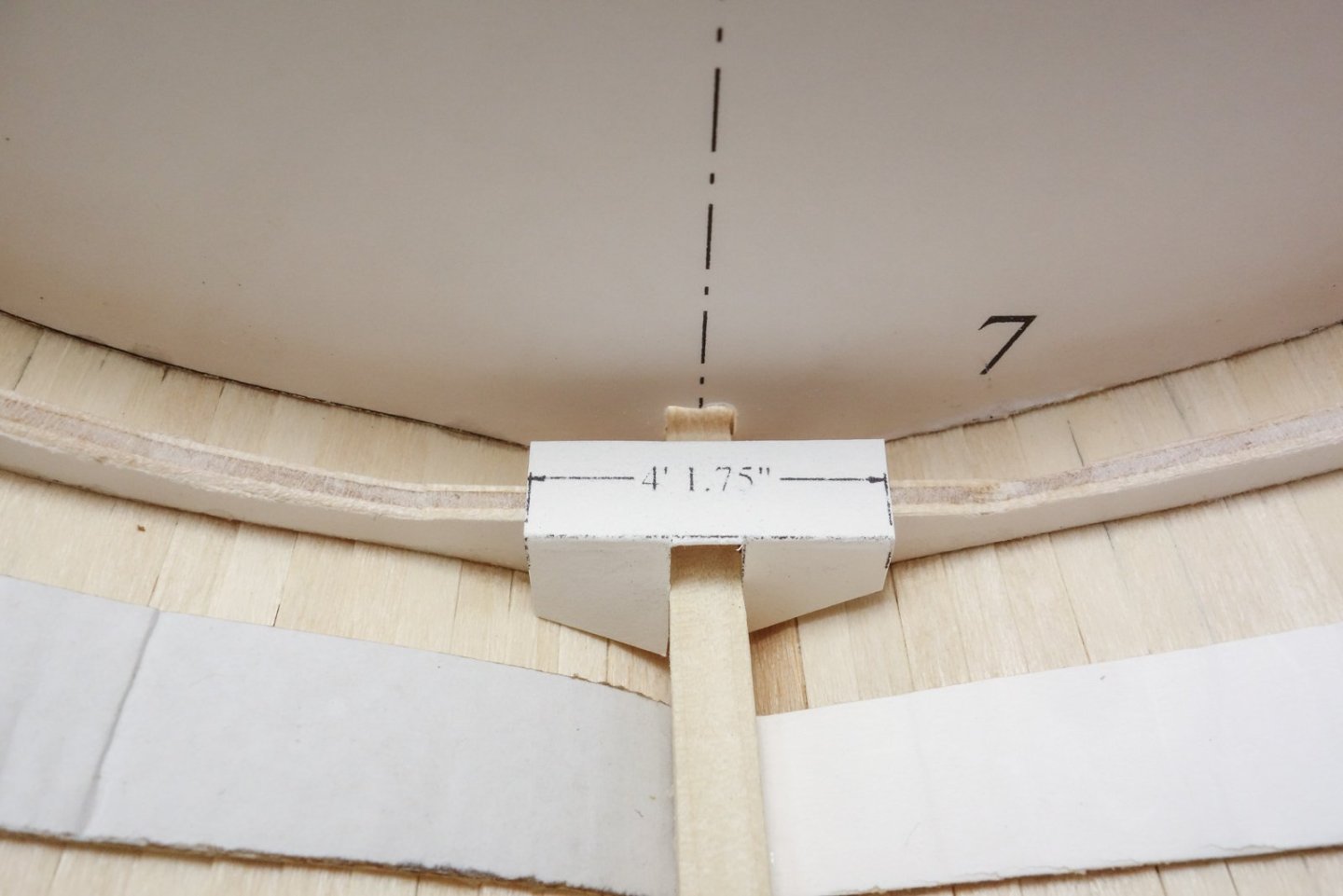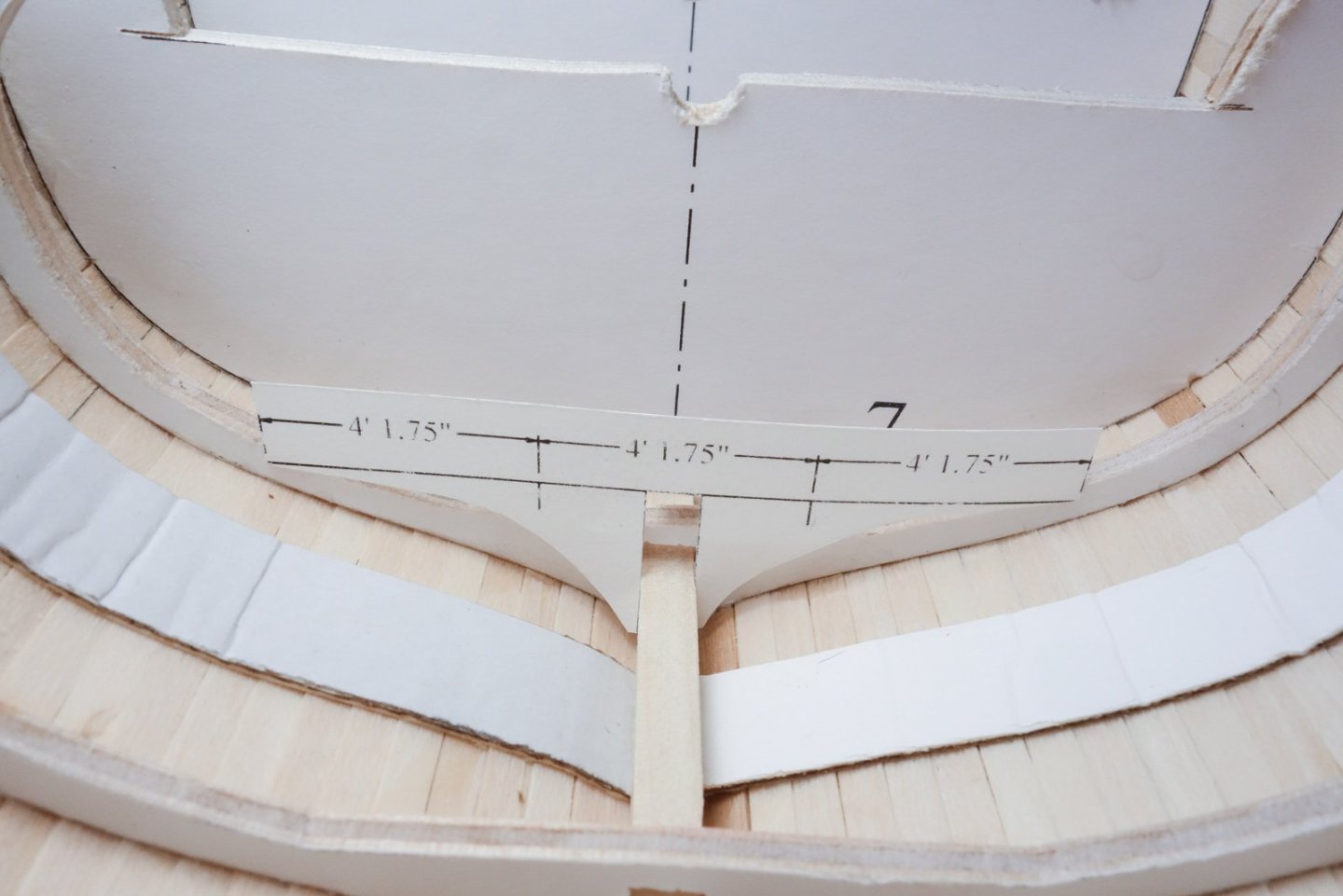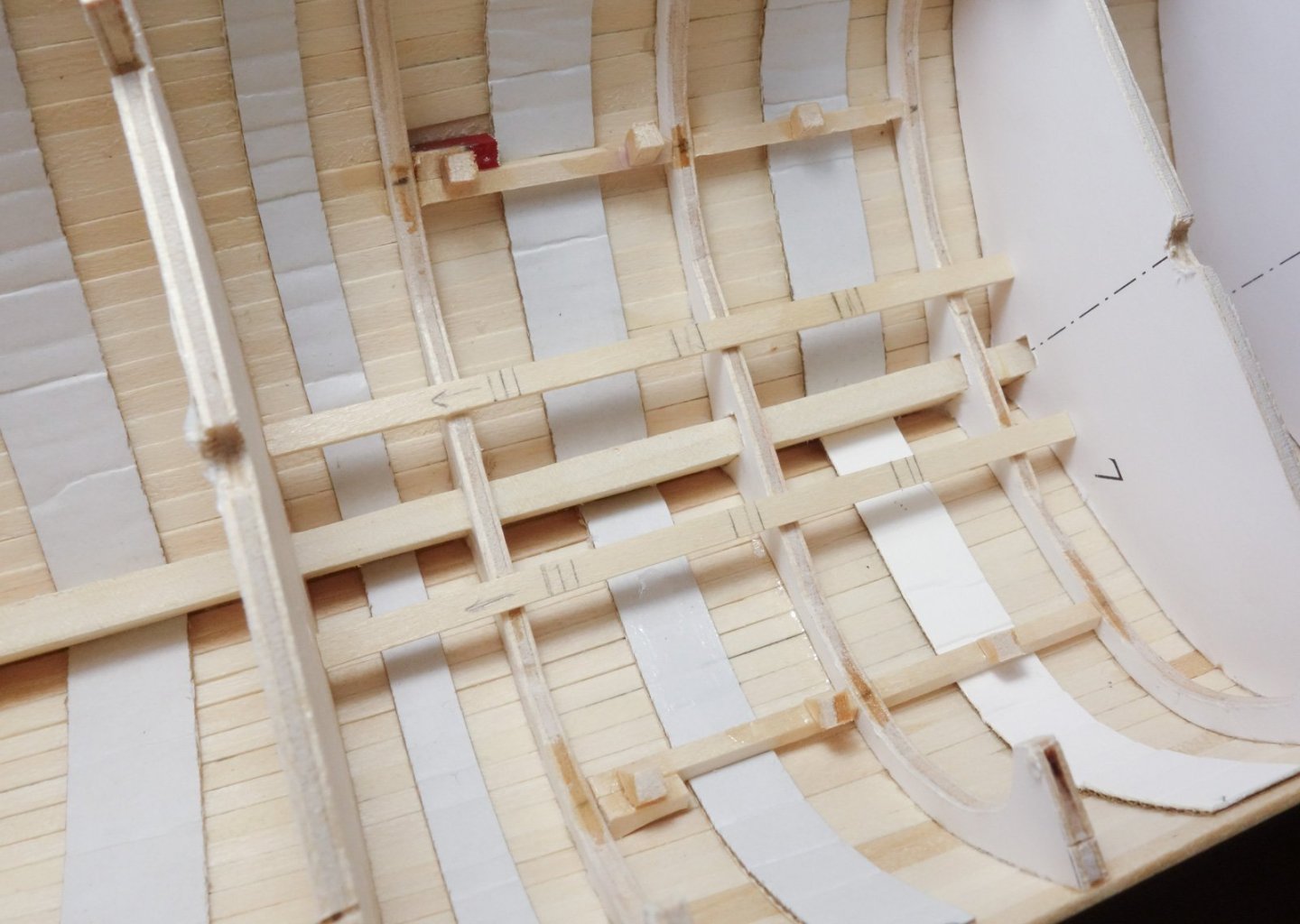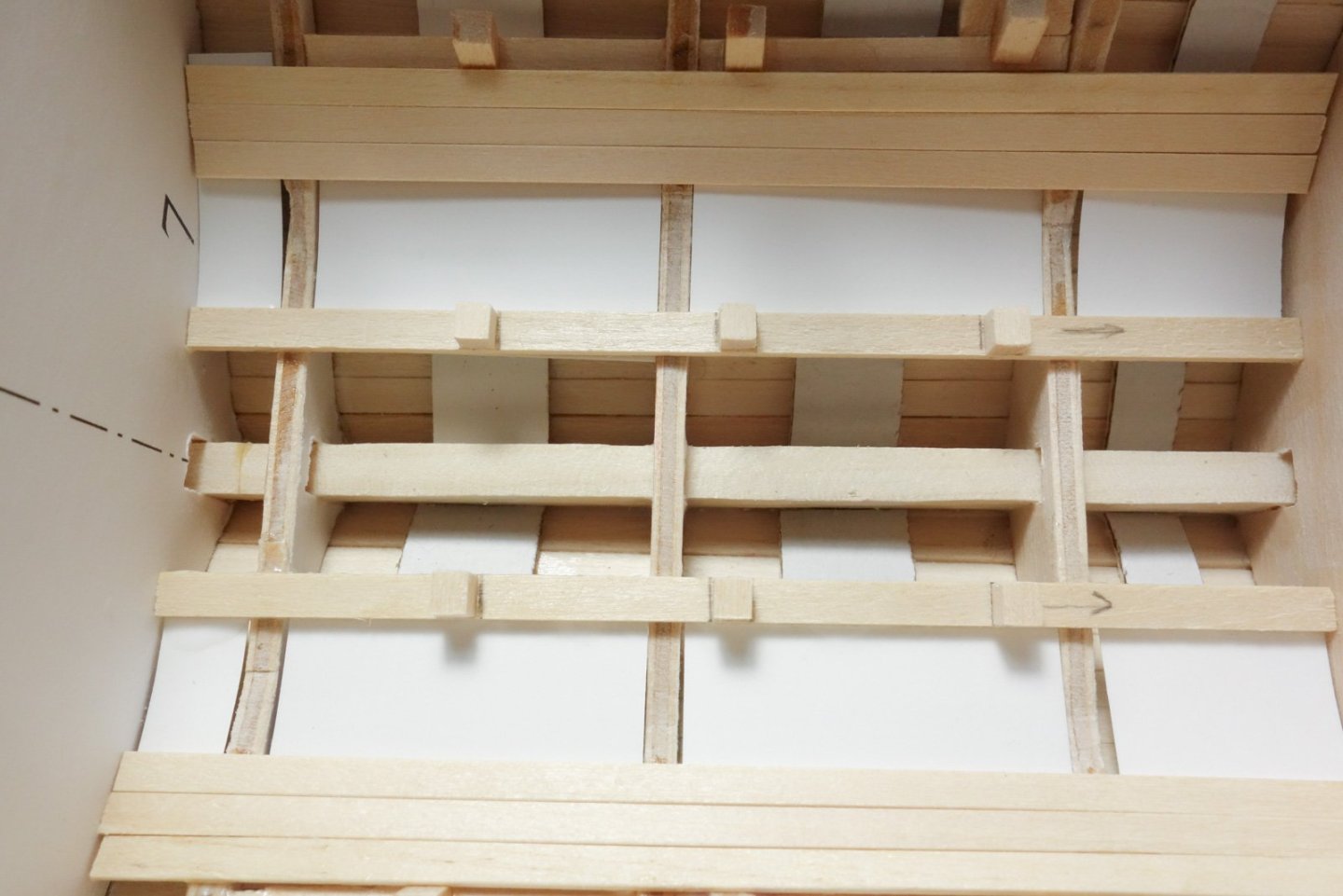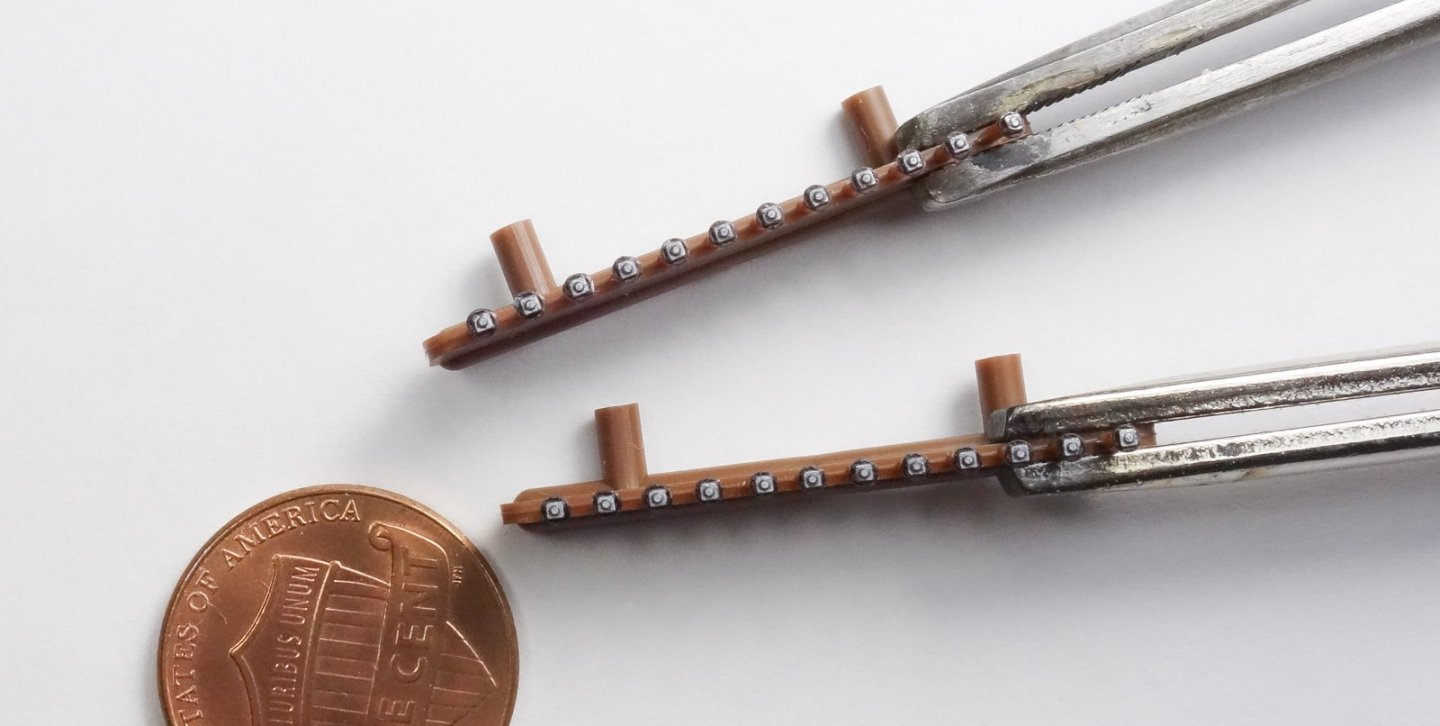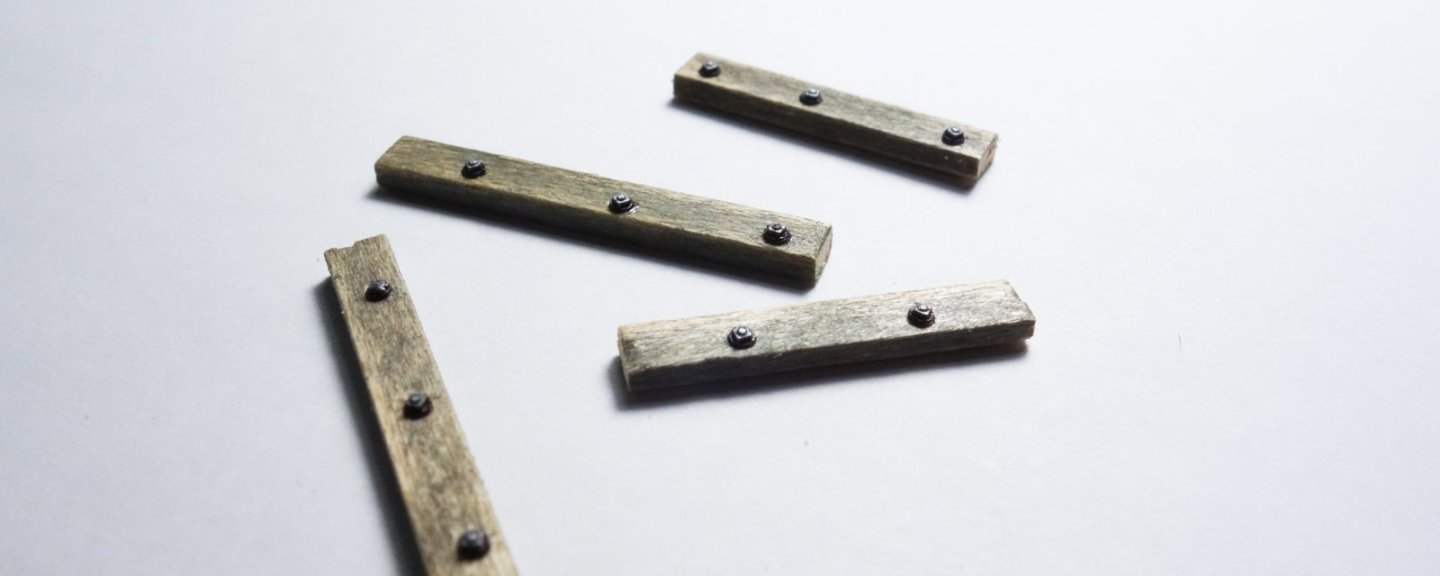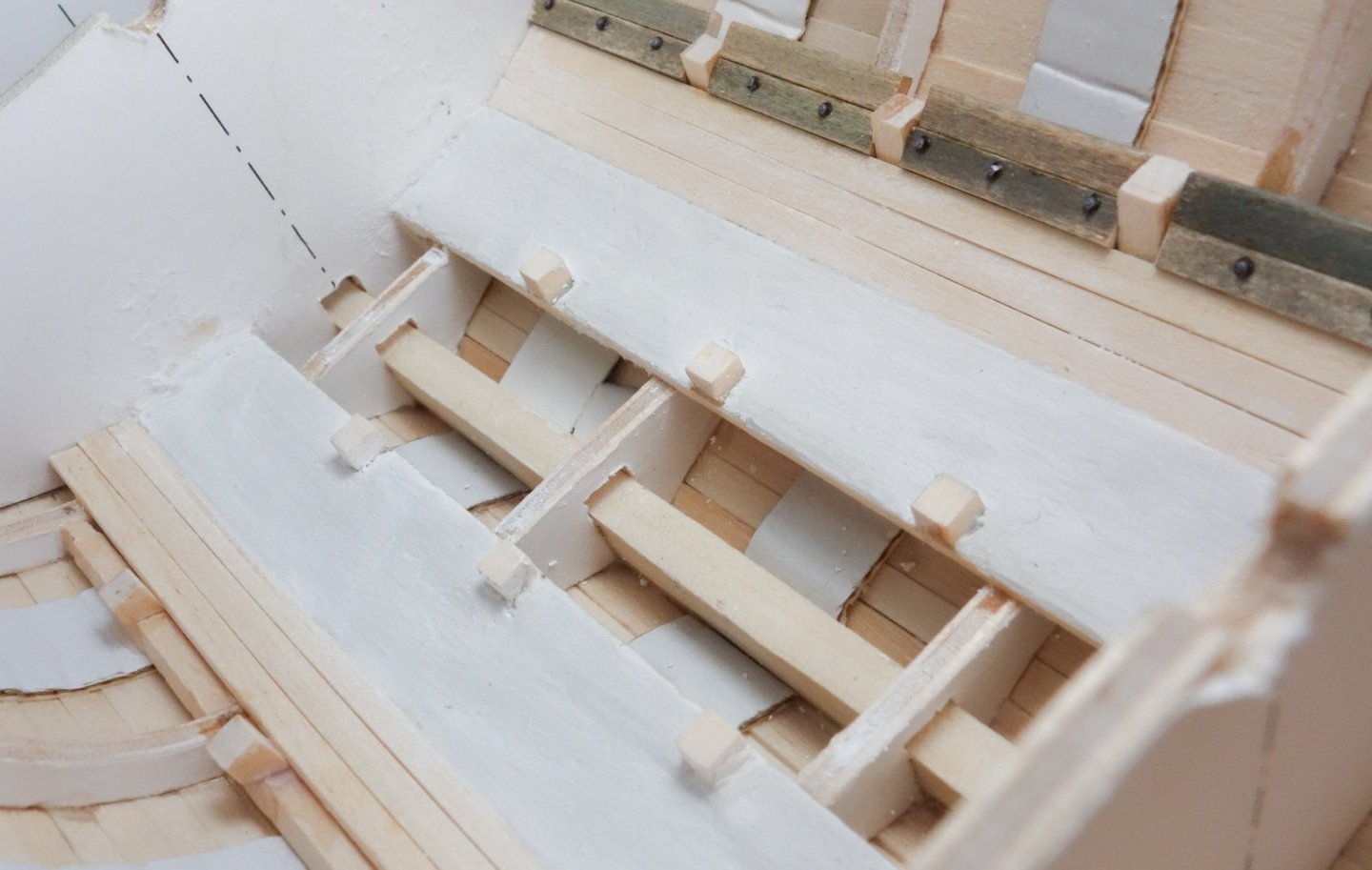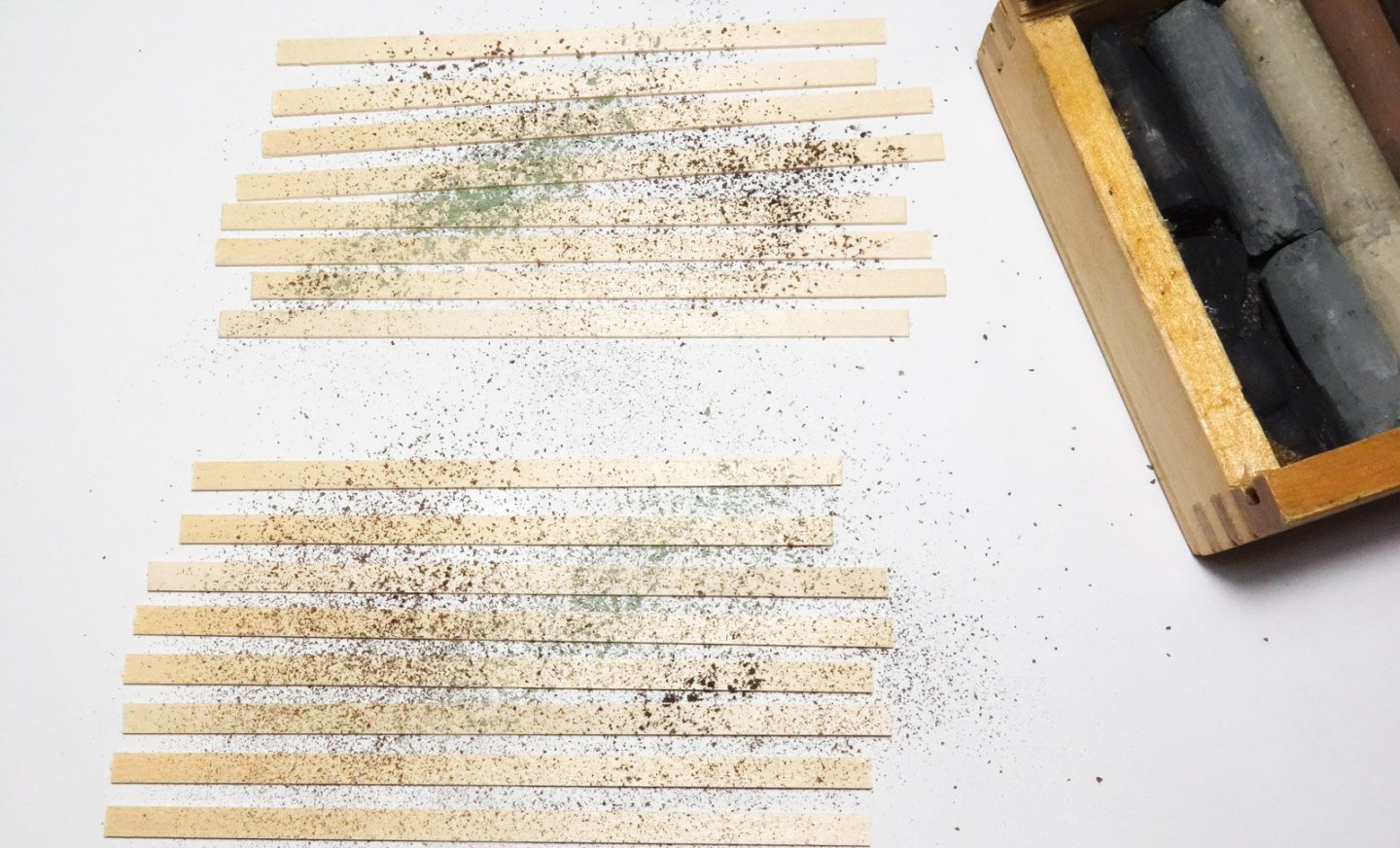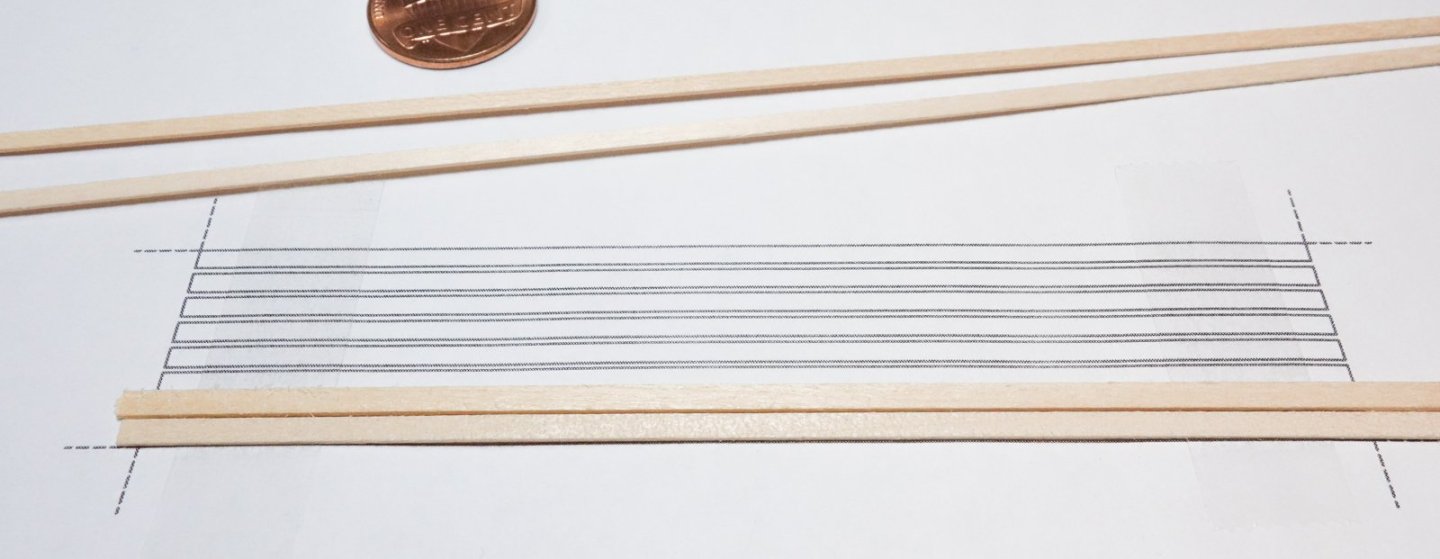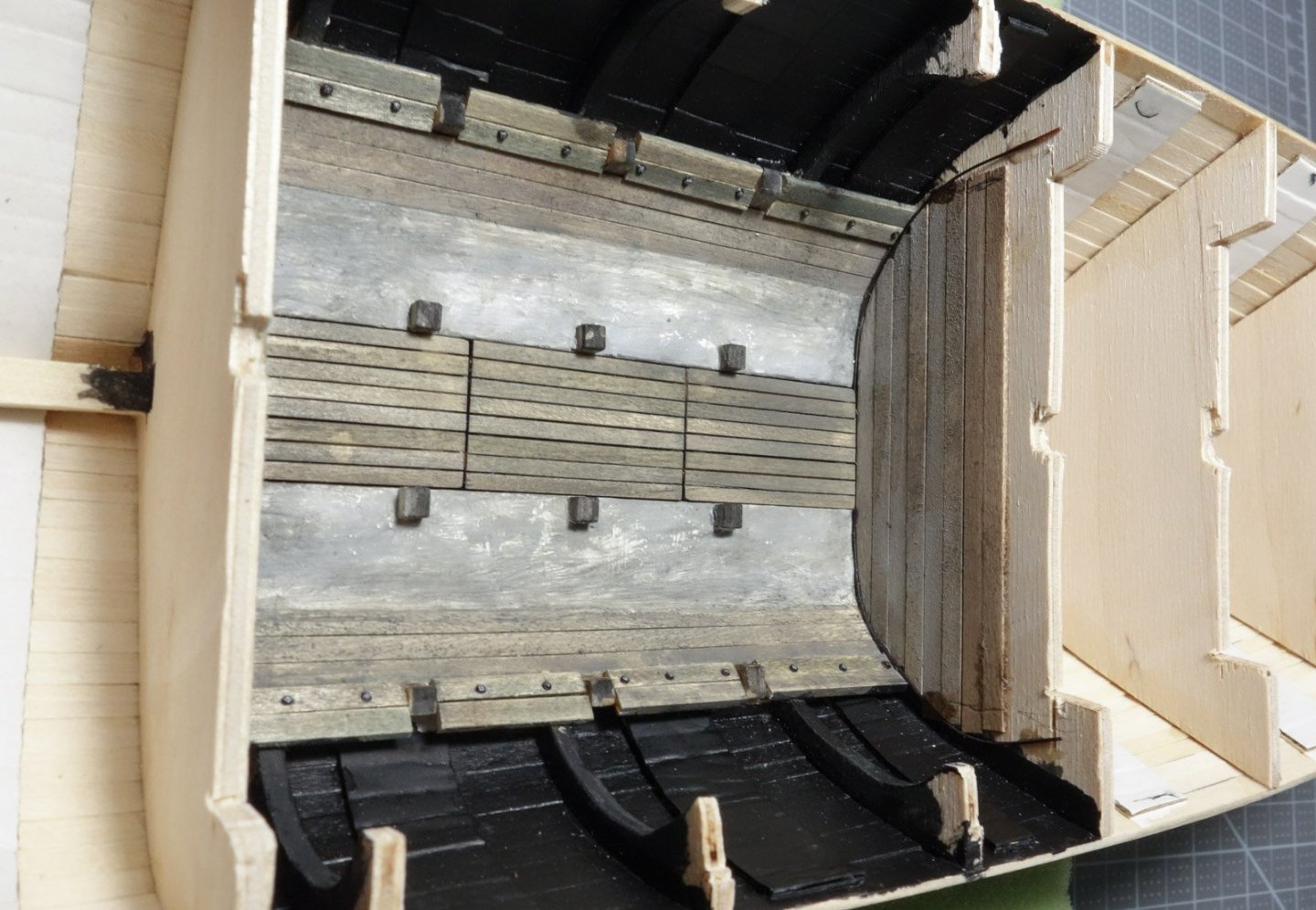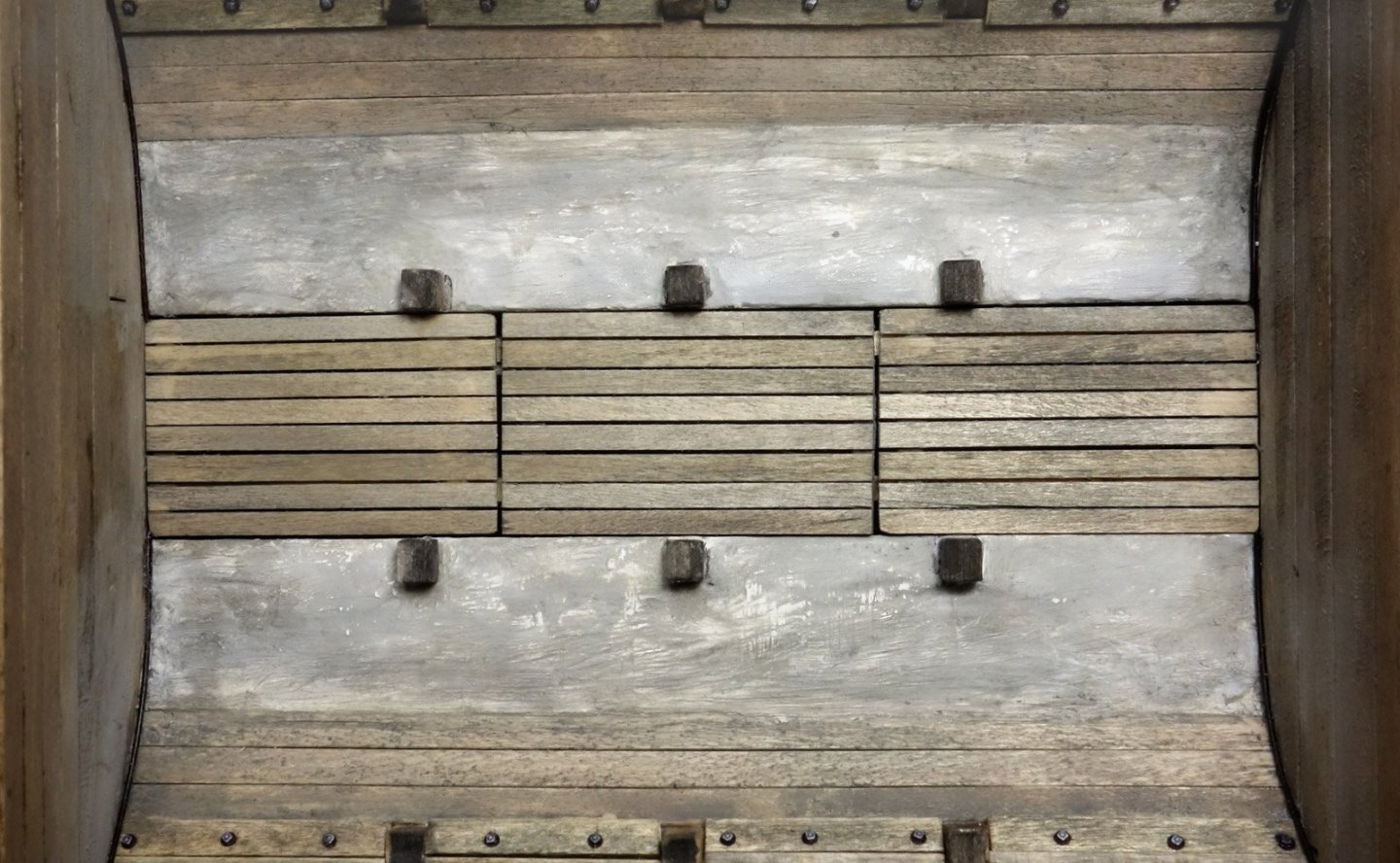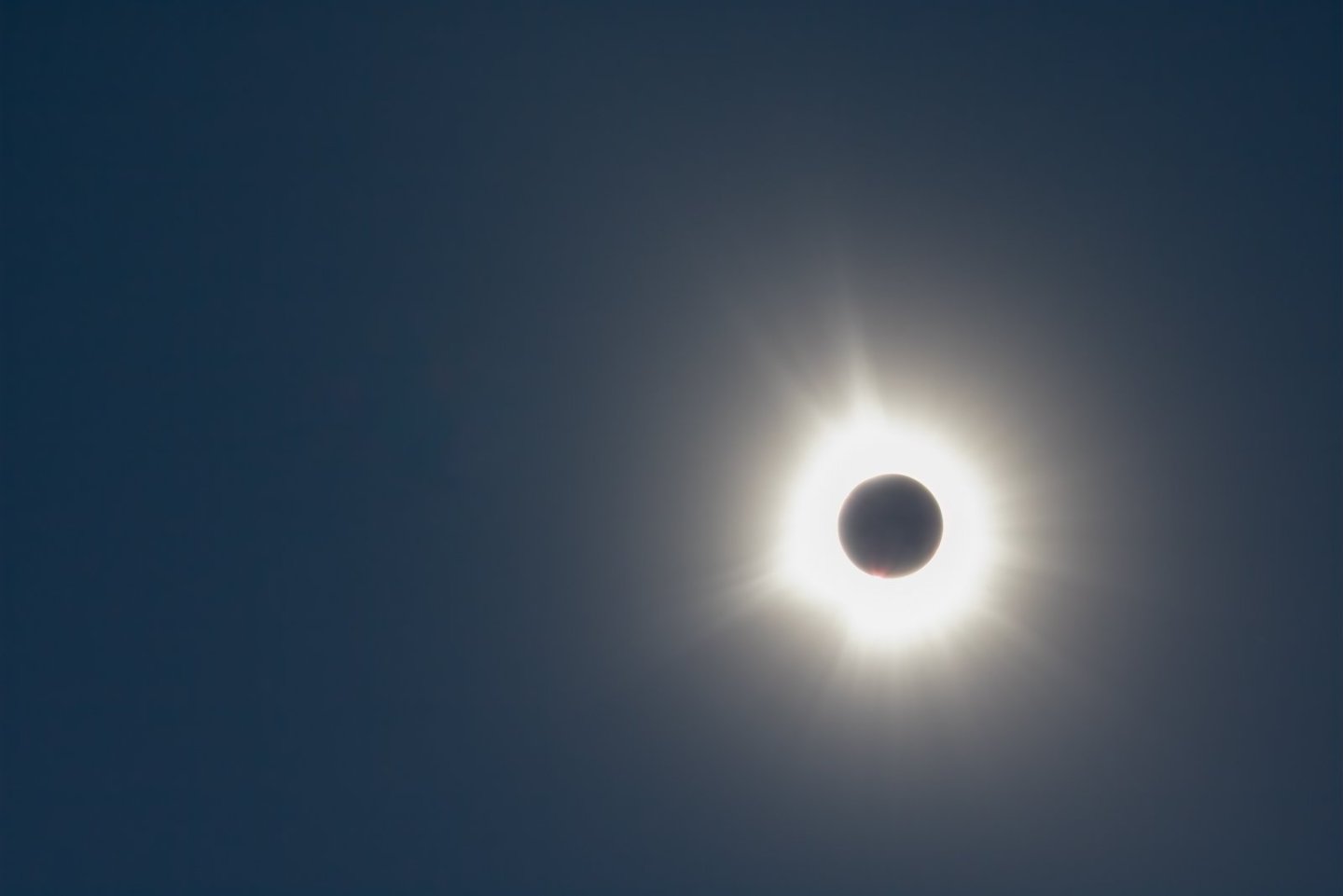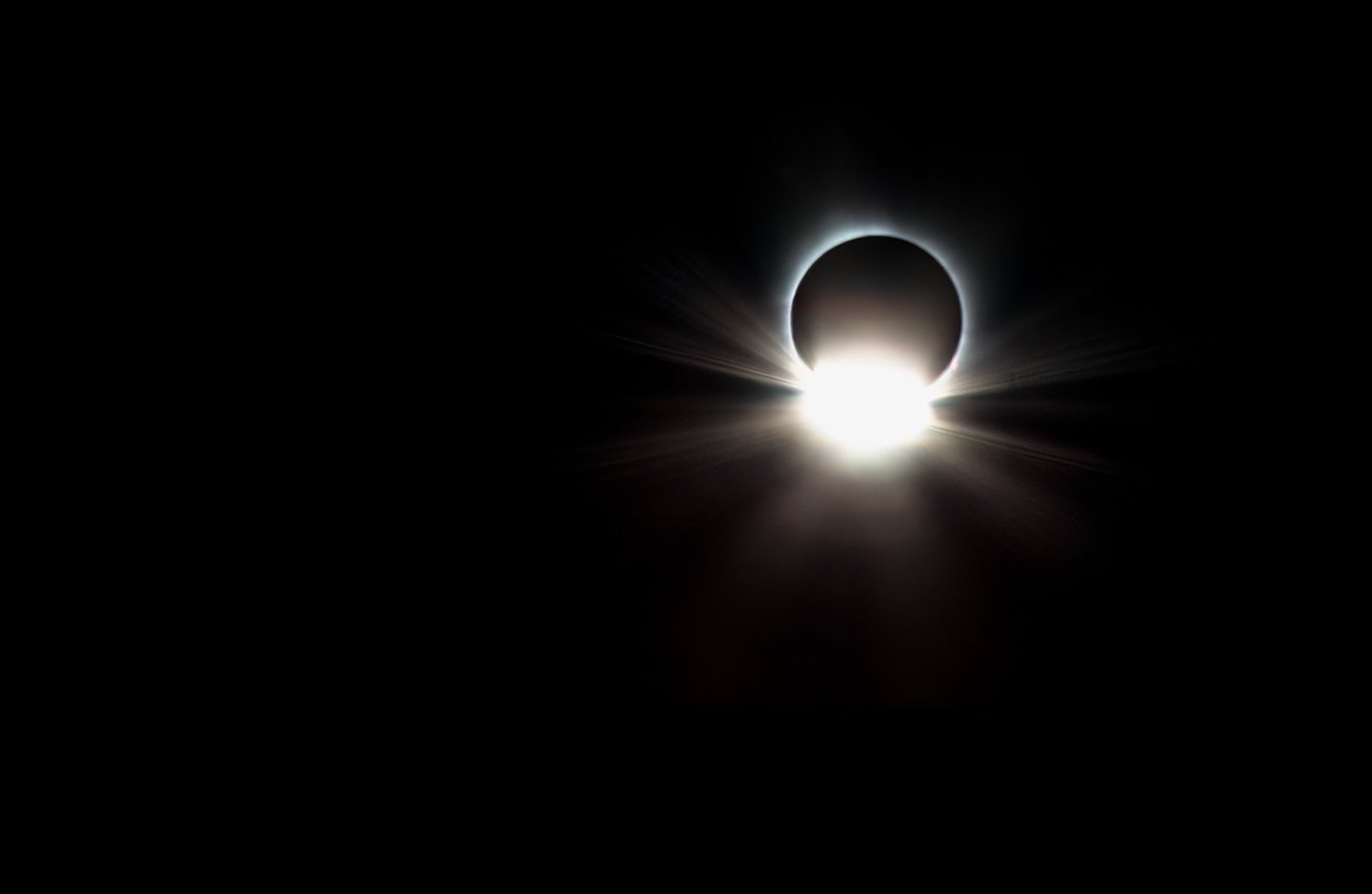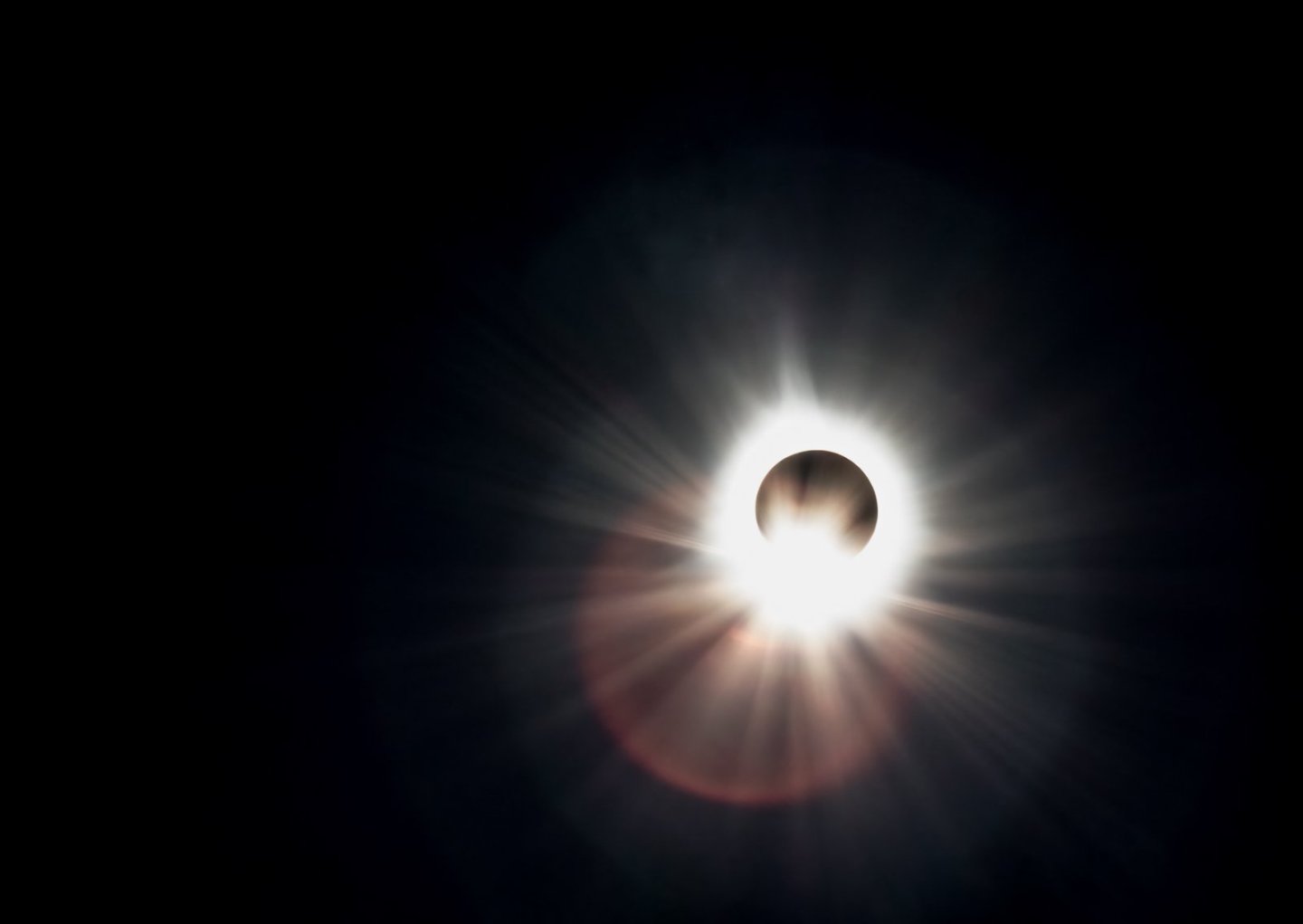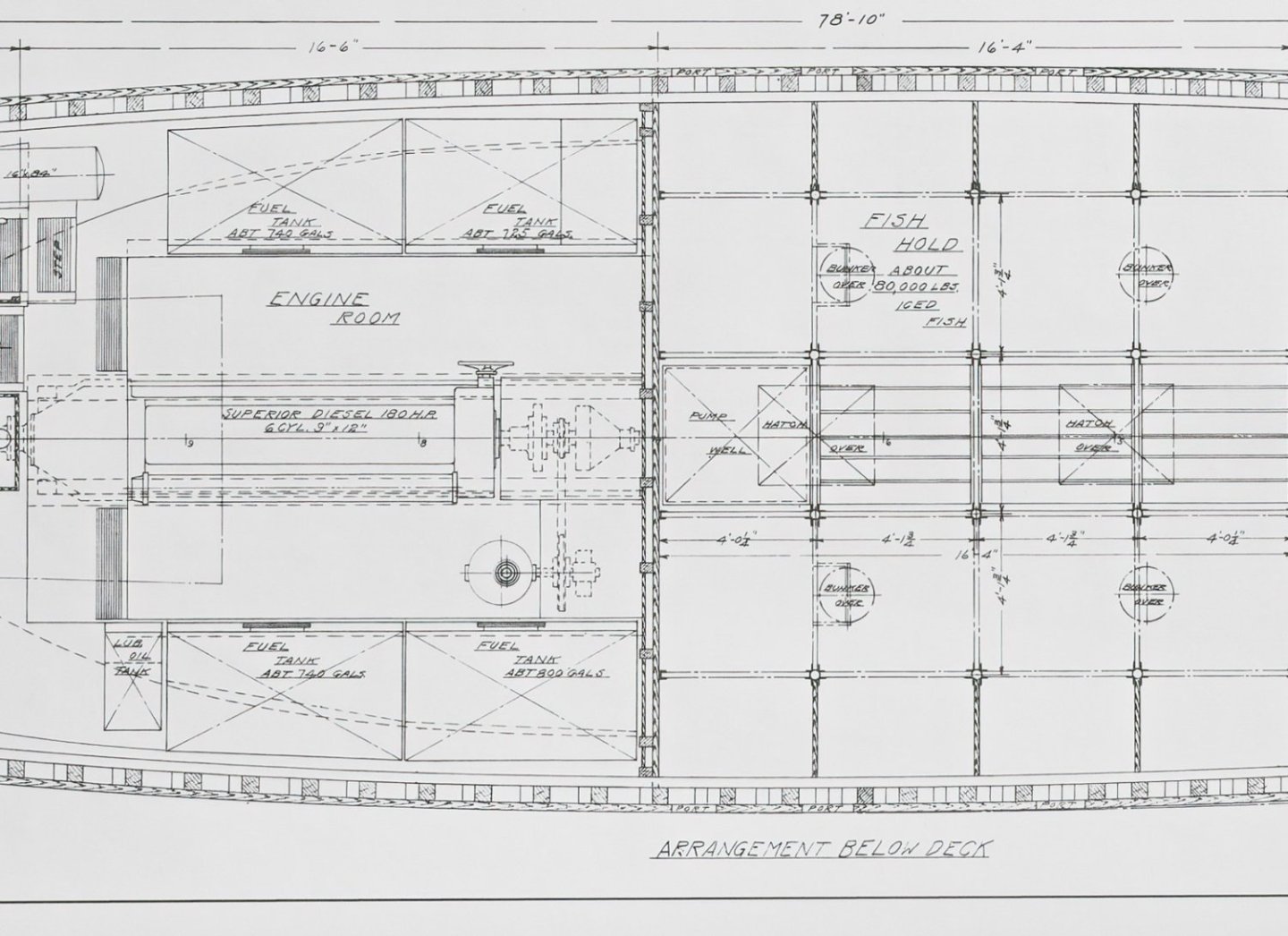-
Posts
1,063 -
Joined
-
Last visited
Content Type
Profiles
Forums
Gallery
Events
Everything posted by FriedClams
-
Greetings Fellow Modelers After a busy month with little time for modeling, I've finally begun work on the fish hold of this dragger. But first, please allow me a quick diversion. The path of the recent solar eclipse tracked over Maine on a day when there was barely a cloud in the sky. My wife and I traveled several hours north on country roads to get close to the center of totality. A total solar eclipse is such an astronomical coincidence that it's hard for me to get my head around the improbability of it. That from a moving 100-mile diameter shadow on earth, two spheres appear to be the exact same size because one being 400 times larger is 400 times farther away, and that they line up precisely with the smaller sphere blocking all the direct light of the larger while leaving the entirety of its corona visible. Perhaps I'm a simpleton, but I find this extraordinary. To be honest, I thought this was going to be an interesting but ho-hum visual event, but when it went dark and I took off the glasses to see where the sun had gone, I was mesmerized. I had a DSLR mounted on a tripod with 200mm of lens. I promised myself beforehand to enjoy the experience and not spend the few minutes of totality tinkering with camera settings. So, I preset the camera and hoped for the best - manual focus, aperture priority, exposure bracketing, cable release and crossed fingers. I pushed the cable release quite a few times without ever looking at the results. Later, I found most were completely blown out and a few were just terribly overexposed. But I'm not disappointed. The lens flare image below is my favorite. A lousy eclipse photo, but an interesting image just the same – kind of surreal. Fish Hold My decision to display the boat with the hatches open and maybe a bunker plate or two, requires that the entirety of the hold be modeled as I can't predict what will be visible through each opening and view angle. Mainly that view will be small fragments of individual bunkers and planked partitions, so this modeling will be on the quick and crude side. Before I started in on that, I first washed the hull exterior with India ink/alcohol to give it a little age. About 2 parts ink out of a hundred. I've yet to decide on how the hull will be painted/weathered, but this small amount of coloring doesn't narrow my options, and the alcohol tends to remove shiny sanding spots and helps to unify the overall look – at least to my eye. I then penciled on the water line. I placed the hull back onto the base and used a squared scrap of construction lumber with a pencil glued to it. The fish hold uses up almost 17' (5.1m) of hull length. The area is partitioned off into 20 individual bunkers/pens as shown below in the top-view drawing. The pens with green dots hold the ice/fish and the red dot areas do not. The blue dots are the stationary posts that hold the wood slats which make up the partitioning. The four pens in the center over the keel functions as a walkway but can also be partitioned to hold ice/fish. Shown below is the lower half-section at station #7. The open space against the side of the hull is the area identified by red dots. This area is empty and begins at the lowest bilge ceiling strake. This drawing detail is actually from the “transverse section” plan sheet of a completely different boat by the same designer a few years prior to the Pelican, but it is labeled as the “type plan” for the Pelican. Consequently, the dimensioning is incorrect for my boat, but the structural construction is the same – presumably. The bases for the posts are 6” square timbers and on the model the six center bases are mounted on wood strips that span the entire length of the fish hold. The six bases away from the center are beveled to reflect the changing shape of the hull as it narrows toward the bow. The drawing below shows the bevel for the posts in the area near station 6A. And for the posts in the area near station 4A. Note that the bevel has changed due to the base sitting higher up in the hull. This is necessary because the interior space is narrower yet the distance between posts must be maintained. I print out spacing guides to locate the center line for the wood strips the post bases will sit on. I mark the center line for the inner and outer strips on each station bulkhead. The strips are placed, and the outer post bases are beveled and glue on. As per the plans, there are three planks below the lowest bilge ceiling strake and below that is concrete. Although they are not yet glued down, the image below shows those three planks in position. The six inner post bases have been added as well as some styrene sheet material to act as a support floor for the “concrete”. Also, note how the post bases (top of photo) incrementally sit higher from left to right as the hull narrows. It would have been easier to place the two lowest bilge ceiling strakes as one piece and mount the post bases on top of that. But, I didn't and decided instead to piece it together around the posts for reasons that in retrospect make absolutely no sense. But that's water under the bridge and in the end it won't show anyway. I smeared on some Hydrocal to form the floor of the main fish pens. Colored up the bulkhead planking with chalk/alcohol (burnt sienna, raw umber and black). Made up the grating to place over the keel and gurry trough. I'll be placing some dim-ish lighting in the hold, so a gloppy PVA mixed with black acrylic paint is slathered onto the hull to prevent light leaks. All of this mess will be hidden by the wood plank partitioning. Next – posts, partitioning and completing the hold. Thanks for taking a look. Stay well. Gary
-
Another terrific and imaginative SIB, Glen. Looking forward to the final presentation. Gary
- 89 replies
-
- Ghost Ship
- Jenny
-
(and 1 more)
Tagged with:
-
Wonderful progress on Peerless, Eric. I too agree - very convincing results from your canvas method. Gary
- 255 replies
-
I turn my head for a few moments, and you've completed half the lightship. Breakneck speed and very nice workmanship. Keep it up Nils. Gary
- 138 replies
-
- lightship
- Feuerschiff Elbe 1
-
(and 1 more)
Tagged with:
-
HA! Whenever I see such a vehicle, my natural instinct is to recoil in horror. To spend 6 hours cleaning it, attests to the level of affection for your daughter. I hope she appreciates how fortunate she is to have such a father. Masterful work on this rudder frame, Keith. Carefully thought-out process and expertly executed. Gary
-
Ouch and danged! Self-inflicted wounds just hurt a bit more don't they? Oh, how I know. Amen, but the lure is irresistible. Gary
- 88 replies
-
- Vigilance
- Sailing Trawler
-
(and 1 more)
Tagged with:
-
Good to hear of Maggie's continuing progress, Keith! Putting away the walker seems a huge milestone. Stay strong my friend. Wishing the very best for both of you. Gary
-
Hello Keith, It is good to hear that Maggie continues to improve even if progress in some areas are slower than others. My understanding of this is that slowdowns and even temporary setbacks are not uncommon. I can only imagine how busy you must be and the level of stress you’re experiencing. It must be exhausting. All you can do is your best. Try to find some time for yourself to decompress on a daily basis. I wish you both a speedy return to some level of normalcy and a peaceful future. Gary
-
Yes, the drawings are detailed in some respects and vague in others. They are copies of the designer's originals that were used in the construction of three individual boats. The intended users of these drawings were professional boat builders and consequently exhaustive details are not offered. Details that a modeler would love to see. This question stings because I agonized over the decision to not build this boat in a larger scale with one side of the hull fully exposing the entire below deck arrangement. Fully framed with every possible detail shown. But I chickened out, so no, there'll be no need to build the engine. Thanks Richard. Yes, the boat is about 79' and in 1:48 that's just under 20". Not huge by any means, but the largest boat I've built. Thanks Marc. And thank you Rick for the nice comment. Gary
-
Thanks guys, for the kind comments, it's so appreciated. Also for the likes. It does - and it seems a practical matter of finding a spot for the engine room and 3,000 gals of diesel. The fish hold takes up about 16'5" (500cm) of prime real estate right out the center of the hull. But, I still think she's a handsome girl. Gary
-
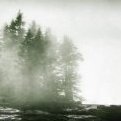
Mary of Norfolk 1790 by KenW - Pilot Boat
FriedClams replied to KenW's topic in - Build logs for subjects built 1751 - 1800
Nice work, Ken. The sails look great. Look forward to seeing your crew creation. Gary -
I remember his Young America clipper build that he finished a few years ago - an amazing piece of work. I haven't read his Naiad log . . . yet. Good advice and trying my darndest. Gary
- 88 replies
-
- Vigilance
- Sailing Trawler
-
(and 1 more)
Tagged with:
-

Brig Le FAVORI 1806 by KORTES - 1:55
FriedClams replied to KORTES's topic in - Build logs for subjects built 1801 - 1850
Rich, warm color and so precisely built - beautiful, Alexander! Gary
About us
Modelshipworld - Advancing Ship Modeling through Research
SSL Secured
Your security is important for us so this Website is SSL-Secured
NRG Mailing Address
Nautical Research Guild
237 South Lincoln Street
Westmont IL, 60559-1917
Model Ship World ® and the MSW logo are Registered Trademarks, and belong to the Nautical Research Guild (United States Patent and Trademark Office: No. 6,929,264 & No. 6,929,274, registered Dec. 20, 2022)
Helpful Links
About the NRG
If you enjoy building ship models that are historically accurate as well as beautiful, then The Nautical Research Guild (NRG) is just right for you.
The Guild is a non-profit educational organization whose mission is to “Advance Ship Modeling Through Research”. We provide support to our members in their efforts to raise the quality of their model ships.
The Nautical Research Guild has published our world-renowned quarterly magazine, The Nautical Research Journal, since 1955. The pages of the Journal are full of articles by accomplished ship modelers who show you how they create those exquisite details on their models, and by maritime historians who show you the correct details to build. The Journal is available in both print and digital editions. Go to the NRG web site (www.thenrg.org) to download a complimentary digital copy of the Journal. The NRG also publishes plan sets, books and compilations of back issues of the Journal and the former Ships in Scale and Model Ship Builder magazines.


